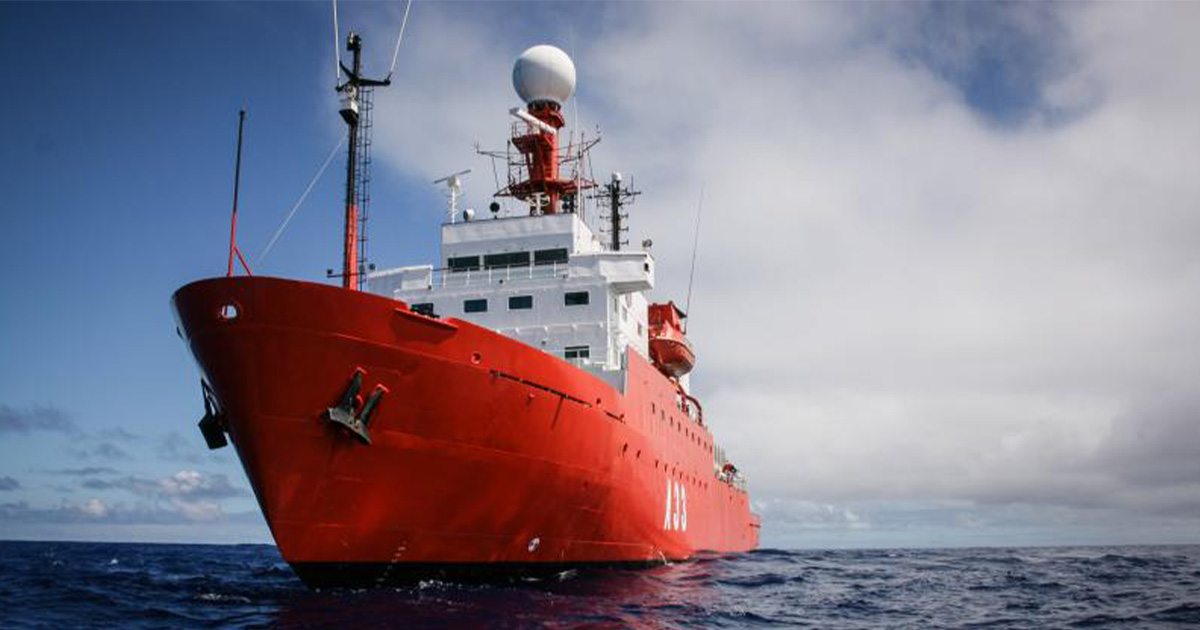An international team of scientists led by researchers from the Institut de Ciències del Mar (ICM-CSIC) in Barcelona has uncovered the ocean's intricate web of microbial interactions across depths. Research details are reported in a study published recently in the journal Nature Communications that provides crucial insights into the functioning of ocean ecosystems.
"This research marks a significant advance in our understanding of how microbial interactions in the ocean's vast ecosystems operate across different depths and regions," states the ICM-CSIC Researcher Ramiro Logares, who highlights the key role of marine microscopic microorganisms in the cycling of various nutrients and carbon fixation, as well as in the functioning of marine food webs in general.
Until now, only the microbial associations in the surface waters of the ocean, at a global scale, had been explored.
This study goes further by exploring how microbial interactions may change from the surface to deep sea waters across several locations of the tropical and subtropical global ocean and the Mediterranean Sea.
Concretely, the study uses cutting-edge association networks to explore the ecological interactions among archaea, bacteria, and picoeukaryotes in the marine microbiome.
It reveals that potential microbial interactions in the ocean vary significantly with both depth and geographical location.
Ocean Depth, a Key Factor
One important finding is that while some interactions are global, occurring consistently across various regions at the same depth, a significant proportion (11–36%) are regional and specific to certain depths.
For example, the deepest zones show the least global associations.
"The bathypelagic zone, the deepest part of the ocean, exhibits the lowest proportion of global associations, with regional associations increasing with depth," adds in this regard Dra Ina M. Deutschmann, expert in biomathematics.
Conversely, surface associations do not persist deeper into the ocean, despite the vertical dispersal of microbes, which transfers surface cells into deep sea waters.
To carry out the study, the scientific team used innovative association network approaches that allowed them to predict ecological interactions among microbes in individual samples.
This permitted them to quantify the dynamics of networks across the vertical and horizontal dimensions of the ocean.
All in all, the research is pivotal in enhancing our understanding of the ocean's microbial interactions or interactome.
By mapping the intricate web of microbial interactions, the study provides crucial insights into the functioning of ocean ecosystems, which are essential for the planet's health.
The findings could have significant implications for society, as they can help predict the effects of climate change on oceanic ecosystems by assessing how association networks respond to environmental changes.



